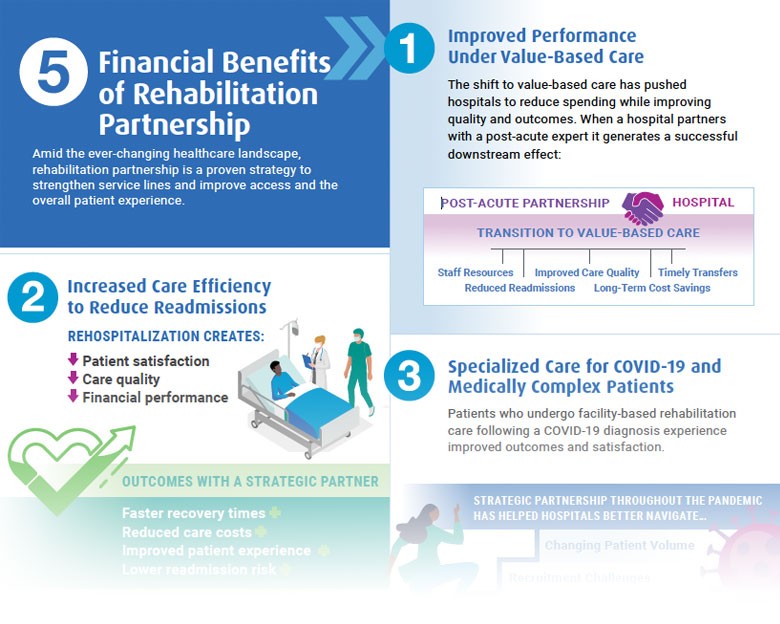The 7-Second Trick For Narconon Africa
The 7-Second Trick For Narconon Africa
Blog Article
Narconon Africa Things To Know Before You Get This
Table of ContentsUnknown Facts About Narconon AfricaNarconon Africa Can Be Fun For EveryoneThe Ultimate Guide To Narconon AfricaA Biased View of Narconon AfricaMore About Narconon AfricaAn Unbiased View of Narconon AfricaGetting The Narconon Africa To Work
In a collection of documents with Manudeep Bhuller and Katrine V. Lken, we overcome these information challenges and the nonrandomness of jail time, offering new understandings right into exactly how incarceration affects relapse, employment, youngsters, and criminal networks - Rehabilitation facility Joburg. Figure 1 Our job studies the impacts of incarceration in Norway, a setup with two key benefitsWe can even more link this information to various other relative, including children and siblings. We have info on co-offending that permits us to map out criminal networks for observed criminal activities. Second, we can utilize the arbitrary assignment of criminal instances to judges that vary in their tendencies to send defendants to jail.
Some courts send offenders to jail at a high rate, while others are much more lax. We measure a court's stringency as the ordinary incarceration price for all various other situations a judge handles, after controlling for court and year fixed effects, which is the degree of random assignment. This quasi-random job of court stringency can be utilized as an instrument for incarceration, as it highly forecasts the court's decision in the existing situation, but is uncorrelated with various other instance features both by style and empirically.
9 Simple Techniques For Narconon Africa
Attributes of detainees, including demographics and crime classifications, are generally similar in Norway and various other nations, including the United States, with the exemptions that the US homicide rate is a lot greater, and race plays a larger duty there as well. What attracts attention as various, especially compared with the United States, is the prison system.
Figure 2In Norway, the average time spent in prison is a little over six months, which resembles most various other Western European nations. This contrasts with average US prison time of virtually 3 years, which is in big part the reason the United States is an outlier in its imprisonment rate compared with the remainder of the world [Figure 1]
Indicators on Narconon Africa You Should Know
This offers a lot more separation in between small and solidified criminals than exists in the United States. There is no congestion in Norwegian prisons and better individual security, with each detainee being designated to their own cell and a greater inmate-to-staff proportion than in the USA (https://www.kickstarter.com/profile/narcononza12/about). Prisons in Norway also supply well-funded education and learning, drug therapy, mental wellness, and work training programs
Our research study on the results of imprisonment on the culprit, making use of the arbitrary project of courts as a tool, yields three vital searchings for. First, jail time discourages better criminal behavior. We locate that incarceration reduces the chance that an individual will reoffend within 5 years by 27 percentage points and decreases the corresponding number of criminal costs per individual by 10 charges.
The Main Principles Of Narconon Africa
We locate sizable decreases in reoffending chances and advancing official site billed criminal activities also after defendants are released from prison. Our second outcome is that prejudice due to option on unobservable individual characteristics, if neglected, results in the erroneous conclusion that time spent in prison is criminogenic. If we simply contrast criminal accuseds sentenced versus those not sentenced, we locate favorable organizations between incarceration and subsequent crime.
This stands in comparison to our analysis based upon the random project of judges, which discovers an opposite-signed outcome. Third, the reduction in criminal offense is driven by individuals that were not functioning prior to incarceration. Amongst these individuals, jail time raises engagement in programs directed at improving employability and minimizing recidivism, and this inevitably increases work and incomes while preventing criminal behavior.

Imprisonment causes a 34 percentage point boost in participation in task training programs for the formerly nonemployed, and within five years their employment rate boosts by 40 percentage factors. At the exact same time, the possibility of reoffending within 5 years is cut by 46 portion factors, and there is a decline of 22 in the typical variety of criminal costs.
Facts About Narconon Africa Revealed

A probable explanation for the difference is that Norway's jail system differs substantially, both in regards to prison-term length and jail conditions, from the United States jail system. While comprehending the results of incarceration on the offender is a crucial initial step, capturing spillover impacts is additionally crucial for assessing criminal justice policy and designing reliable prison systems.
The Main Principles Of Narconon Africa

Normal least squares estimates expose that youngsters of incarcerated papas are 1 percent factor most likely to be billed with a criminal activity, family member to a mean of 13 percent, and show no result on school qualities. Using our court stringency instrument, we locate no statistical proof that a dad's incarceration influences a child's own criminal offense or college grades, yet we are not able to dismiss modest-sized effects.
5 Easy Facts About Narconon Africa Explained
We specify criminal groups based on network links to previous criminal cases. Our analysis yields three main findings. First, when a criminal network member is put behind bars, their peers' possibility of being charged with a future criminal activity decreases by 51 percentage factors over the following 4 years. Having an older brother incarcerated decreases the chance his younger brother will certainly be billed with a crime by 32 percent factors over the next 4 years.
Report this page